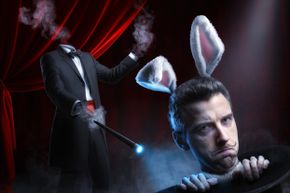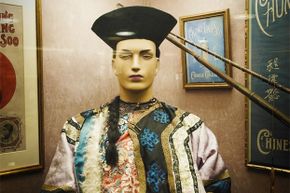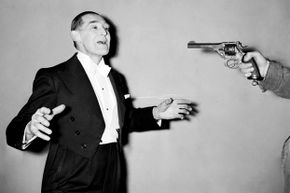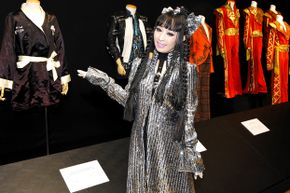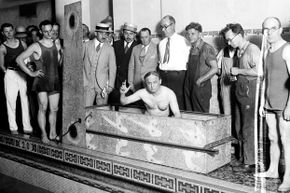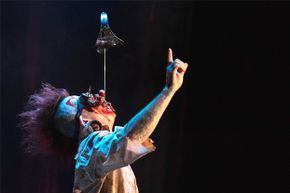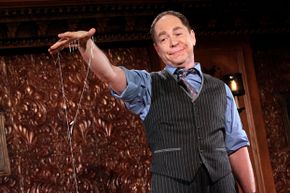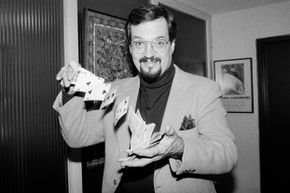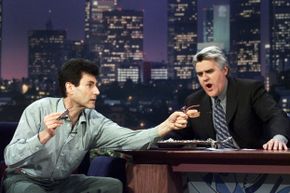Some magical mishaps are laughable, like when a magician's trick goes awry mid-act: a hidden assistant is revealed, cards scatter to the ground rather than fly overhead, the bunny refuses to come out of the top hat. On the darker side, an illusion that doesn't work out can cause severe injury or even death. Magic gone wrong can range from the epically hilarious to the epically tragic, and we're going to explore failures from both ends of the spectrum.
Some magic tricks are actually incredibly risky. One in particular – the bullet catch – is one of the most dangerous magic tricks that performers take on. It's so dangerous that it makes more than one appearance in the world of magic-gone-wrong. The bullet catch is what it sounds like. Someone fires a gun at the magician or assistant, who then "catches" it: in their hand, between their teeth, whatever's dramatic. But a failed bullet catch is no joke, and at least 15 magicians or their assistants have been seriously injured and even killed when this illusion falls apart [source: Magic.com].
Advertisement
From catching bullets to swallowing swords to burying themselves alive, magicians put themselves into all sorts of risky situations just to entertain us. Things don't always go according to plan.
